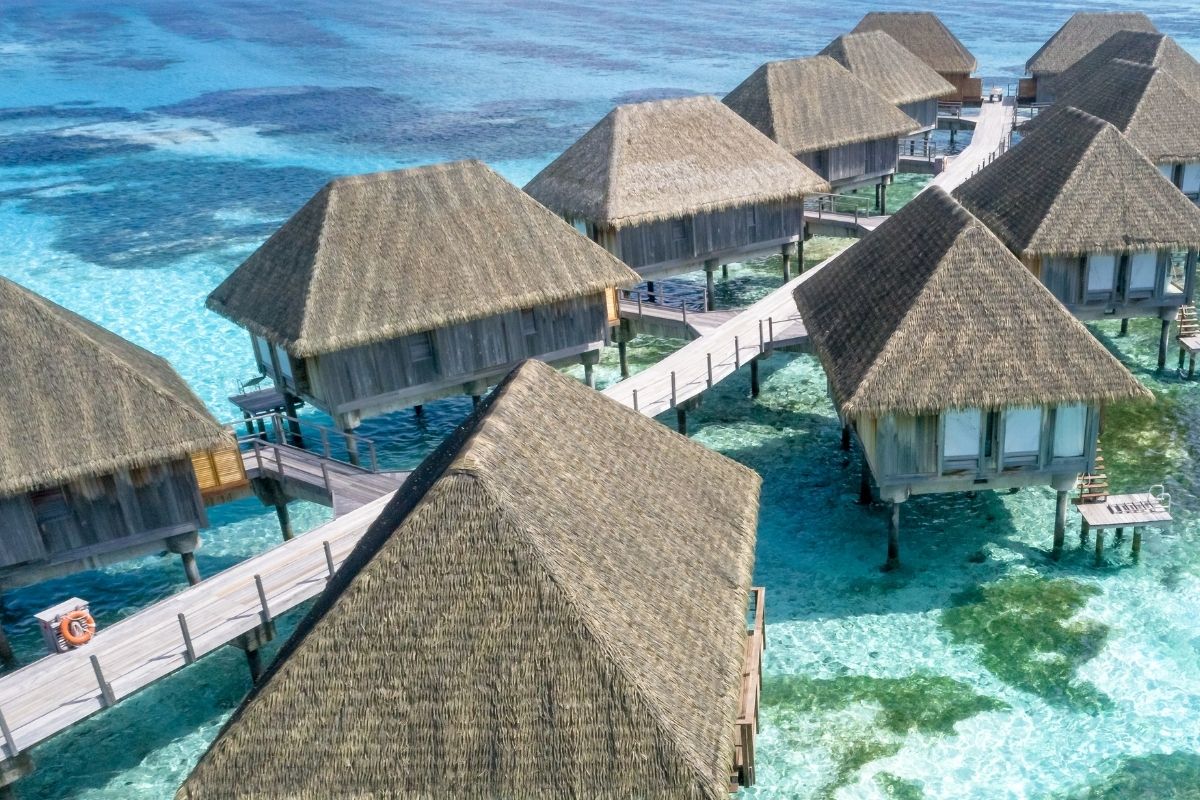Shirley Lu, Revenue Analyst for The Standard Hotel explains what makes The Standard different and how they generate their revenue.
“As a revenue analyst, what we do is optimize the revenues that come into the hotels to make sure that we are performing the best and reaping in the most revenues that we can,” explains Shirley Lu. “A lot of that has to do with research and pushing our sales team to prospect new clients or continue their relationship with their current clients.”
Some of the job is managing distribution channels, making sure that we’re restricting what segments we need, to enable the highest-producing segments to come in. Overall, Shirley explains that it’s a mix of distribution channel management, analyzing data, and researching what new business we can potentially get for the two properties.
Starting with the Standard High Line building, it’s a book shape elevated on top of the High Line. “With the book shape and the floor-to-ceiling windows, I think it is those elevated floor-to-ceiling windows that add value to our product,” explains Shirley. “When people are staying in the property itself, it feels much more spacious with those window features. And having the views of the river and the city, also lets the natural sunlight in, definitely adding to the experience of the Standard High Line.”
As part of that, we are very keen on trying to contribute back to the community. “With every reservation, we give guests the option to donate $2 to the High Line to help maintain and preserve what it gives to the community and tourism. I think that’s a great initiative that we continue to do daily,” says Shirley.
Now, moving upwards into our top of the Standard venue and our Le Bain venue, Shirley explains that they are two very different venues. Top of the Standard is an elegant space for people who enjoy cocktails in a less party scene environment. We also offer sunset service to our guests, where they can watch the sun go down across the Hudson River and enjoy a cocktail up there as well. It is a much calmer, more elevated, and elegant scene.
Then, you move over to Le Bain, and you’ll hear the pumping music, the beat of the bass from our DJs, and just a wild time. So definitely, the two venues are managed differently and we try to keep them separate. But that allows for us as a hotel company to allow different clientele to come and join us all under one roof but under different venues.
So for our Le Bain, we often have guest DJs coming in. And we like the crowd to be diverse. That’s something we strive to do, is to allow as many different people to come in as possible, explains Shirley. We have the rooftops as well, where it is, again, very much a different scene from Le Bain on the 18th floor, where you have the pool, the whirlpool, that is now open for the season. Then, on the top floor, you have the open-air rooftop and views of the city all over both venues. It’s a very unique space. It continues to be the center of attention for a lot of nightlife in the city.
Then moving down to our ground floor venues, we have the beer garden, which has a lot of different activities. I think of it as an adult playground. You have giant Connect Four, ping-pong, foosball, and you have your beer. It is a very cool space as well. And then we have our highly acclaimed restaurants like the Standard Grill. We just have our chef, Rocco Forte, spearing that and bringing us to get the recognition that we strive to have.
The Plaza is the outdoor space leading into the lobby and that venue we couple internally with our Living Room, which is the indoor area where we often have a guest DJ come in, just to liven up the scene as well. Shirley mentions those two spaces, the Living Room and the Plaza work together in terms of staffing and as a venue itself.
The Plaza is a multi-purposeful space. And that is the space that we use for our art installations and different installations because it has an outdoor component. That is a space we like to allow guests to still experience the joys of the outdoor weather while still being under the High Line and in the shade of the High Line. It’s a very unique space, and we’ve been able to do so much with it already.
Speaking generally to food and beverage and how it relates to our hotel rooms aspect of the industry-so food and beverage is often separate from our hotel operations. Shirley explains most hotels outsource food and beverage because there’s more experience to be had from those who’ve already done food and beverage in the restaurant industry versus having the hotel operate both hotel rooms and food and beverage. Food and beverage generally don’t do well to bring in revenues for a hotel property. That influences the decision for a hotel to outsource food and beverage.
For us, we are completely operated, both food and beverage and hotels, under one company, The Standard. So we don’t outsource. “We are strong in the food and beverage industry for a hotel company. And we take pride in that,” explains Shirley. “So, while most hotels are losing money on the food and beverage side, we tend to generate revenues on that side.”
Shirly says she doesn’t do much with the food and beverage. Her role is specific to selling the rooms of the hotel. However, sometimes they will package rooms’ specials with food and beverage credits or food and beverage experiences to sell both components together. That’s how she interacts with the food and beverage departments. Otherwise, it is pretty separate within our property and most of the hotel properties.


